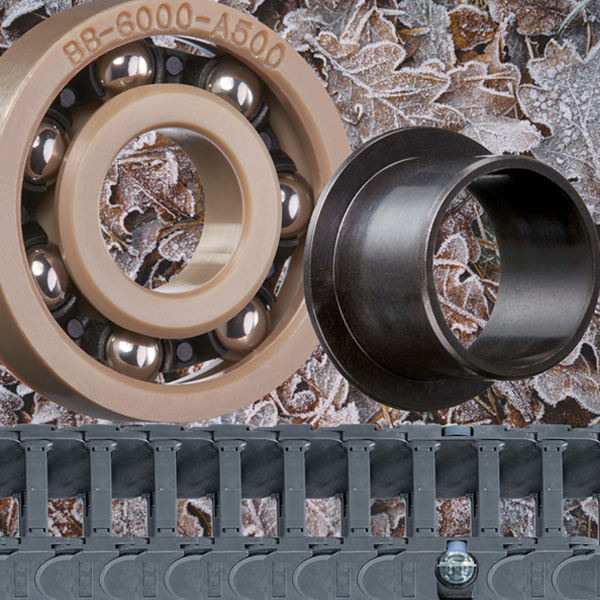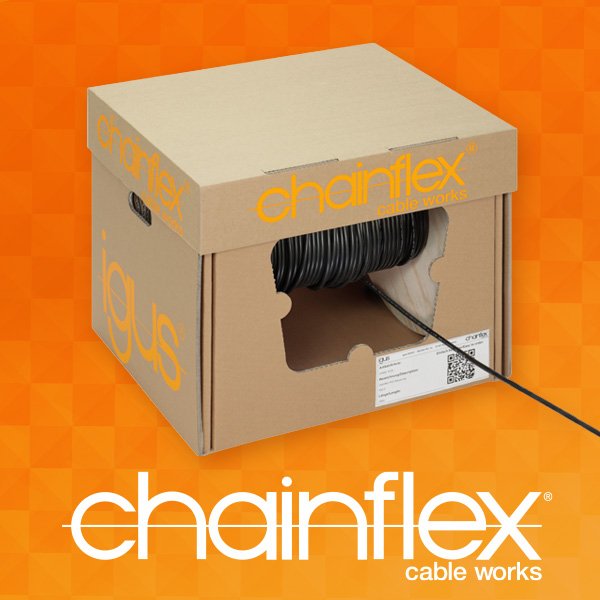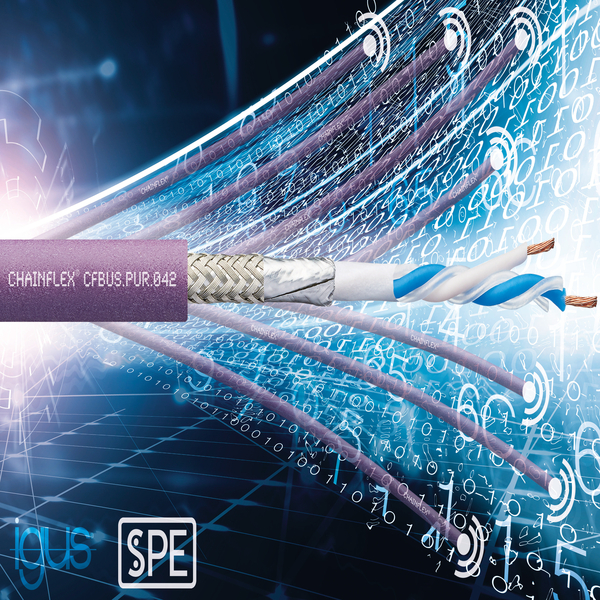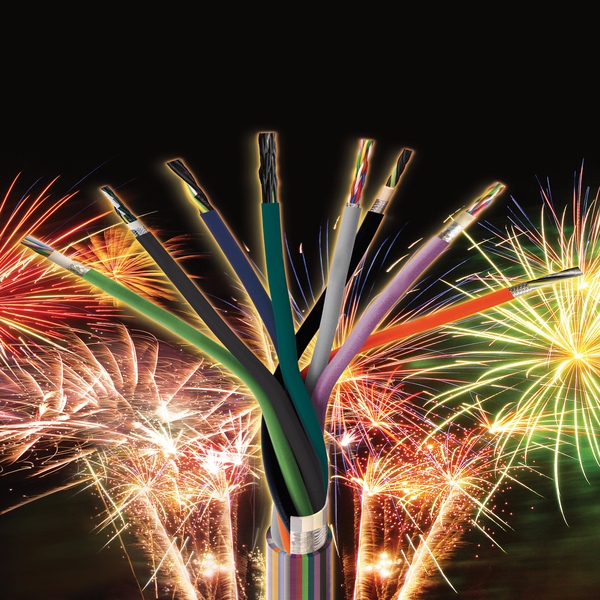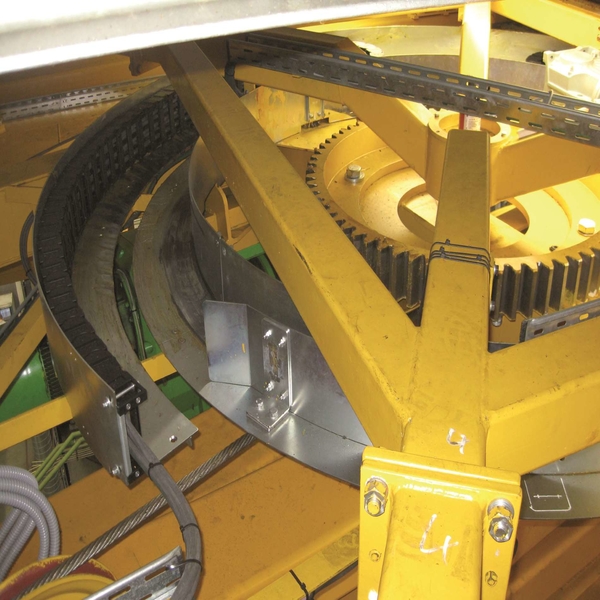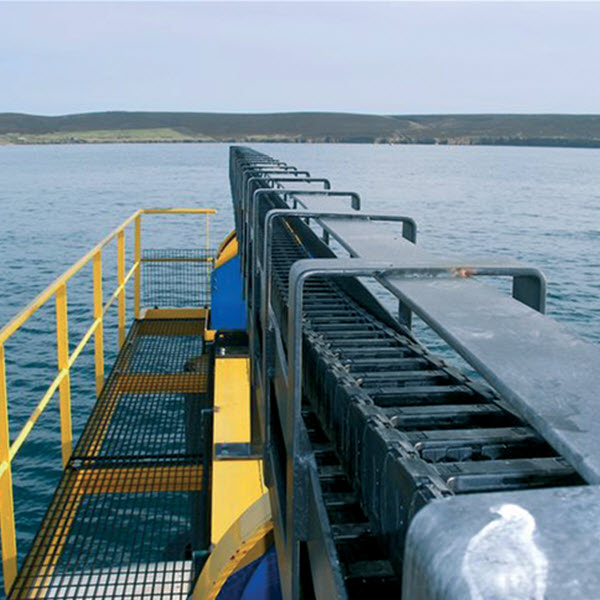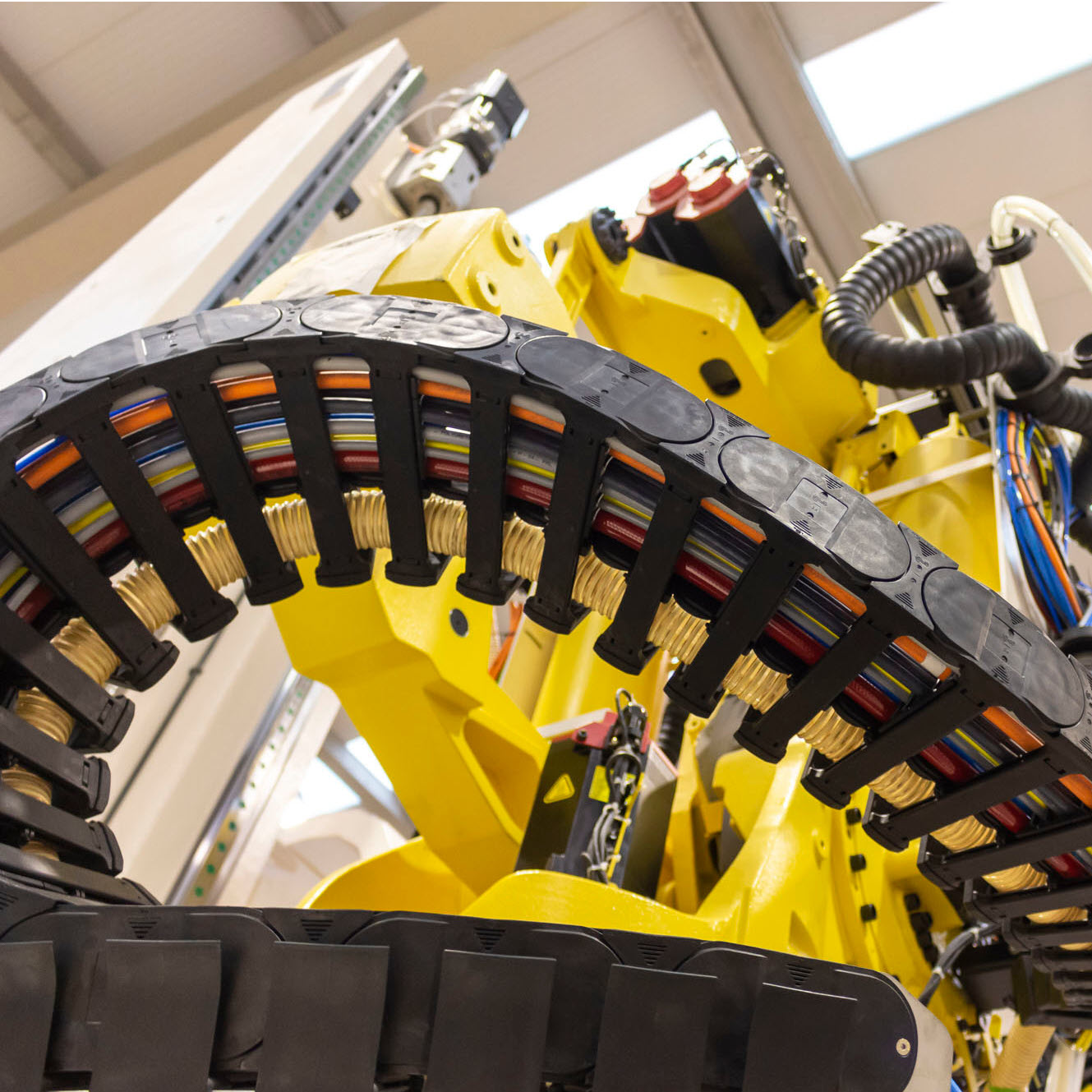Why is it important to use underwater cables?
When it comes to cables, igus® know their stuff. The large Chainflex® cable range has a variety of different materials suitable for a range of applications. Underwater applications are tricky however this blog shows why it is important to select the right cables.


